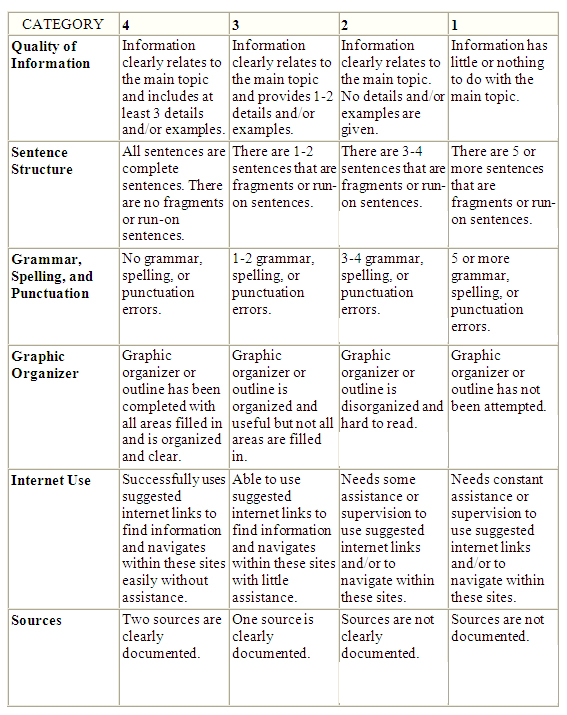
PART 2 – CONNECTING THROUGH HISTORICAL FICTION
After students finish with their research projects, teacher will group students according to when presidents lived for a historical fiction book study. Students will be grouped by those presidents who lived during a specific time period. Some suggestions are: Colonial American times, the Revolutionary War, The Civil War, Western Expansion, the Depression, World War II, The Suffrage Movement, and The Civil Rights Movement. *See list of Historical Fiction Novels that can be used.
DAY 1 INTRODUCTION TO HISTORICAL FICTION
Ask students the difference between fiction and non-fiction and ask if they know what historical fiction is. (Historical Fiction is a story that is made up but is written in a specific time period or during an historical event.) Stress to students that in historical fiction, setting is very important. The author is writing about a particular time in history and the information in the book is accurate for that time period. The plot of the story and the characters are not necessarily real although they could have been in that time period. An historical fiction book may contain real characters (such as presidents) and made-up characters such as the main character who is telling the story. Historical fiction may also contain real and fictional events, for example a war going on that really happened and a trip the fictional main character is taking. The important thing about historical fiction is that the fictional characters, settings and plot events must be written as if they could have happened in that time period. For example, an historical fiction story that took place in the early 1800s could not have the characters driving cars because cars that not been invented yet.
Ask students why we may want to read historical fiction instead of just reading a history book or nonfiction book such as the biographies that we just finished. Have them turn and talk with a neighbor about what is different when reading an historical fiction book. Ask students for feedback. Think aloud to students that I like historical fiction because it helps me understand how people lived during a certain time period. When I read historical fiction, I feel like I make a connection with the character and it seems to bring the past alive. Create an anchor chart for historical fiction highlighting that historical fiction: 1. describes a real historical setting, 2. includes characters that lived or could have lived during that time, and 3 has events that did occur or could have occurred.
DAY 2 MODEL READING HISTORICAL FICTION
Teacher will begin to read an historical novel called
George Washington's Socks
by Elvira Woodruff. Refer back to the anchor chart for historical fiction and show how this book fits into the historical fiction category.
DAYS 3 -? (depending on class and books chosen) BOOK STUDY/LITERATURE CIRCLE GROUPS
Teacher will group students according to time periods and students will get to choose (as a group) which historical fiction book from their time period they will read. Students should be familiar with literature circle groups but may need a quick reminder of how literature circles work and the different roles within the group: Forecaster (shares predictions about the book), Journalist (reports the main events of the story), Detective (records questions and thoughts about the book), Archaeologist (makes connections to the story), Interpreter (identifies and gives the definition of words that may be interesting), Photographer (captures one of the scenes in a picture), Tour Guide (guides the conversation about the book asking questions like "would you like to have the main character as your friend?"), Teacher (highlights interesting passages from the story that can teach significant elements of good reading or writing). These groups will run mostly according to the same format with the exception that they will also be focusing on the historical relevance of the book in connection with the president that they studied. The overriding guiding questions that each group will be thinking about are:
How are the characters' lives affected by the time in which they live?
What new knowledge did you gain about the time period from reading this book?
How did the president you studied fit into this time period?
How are the characters' lives and the time period different from your life and the time that you are living in?